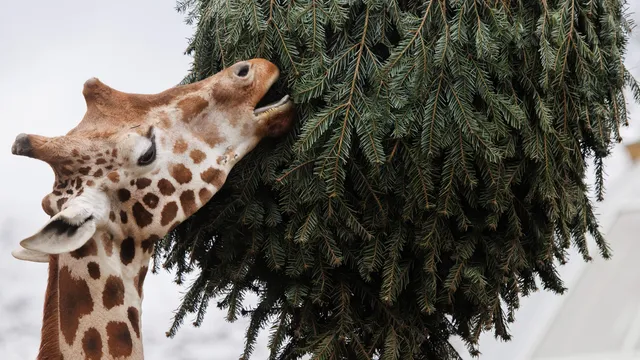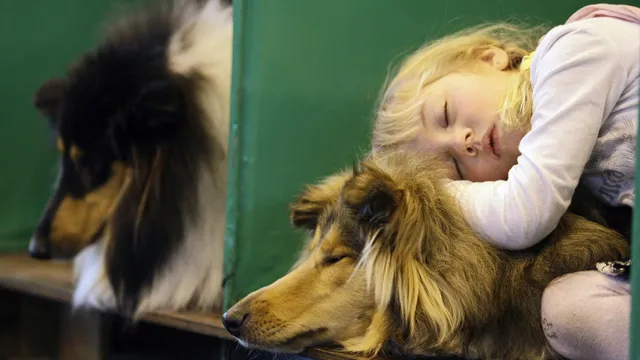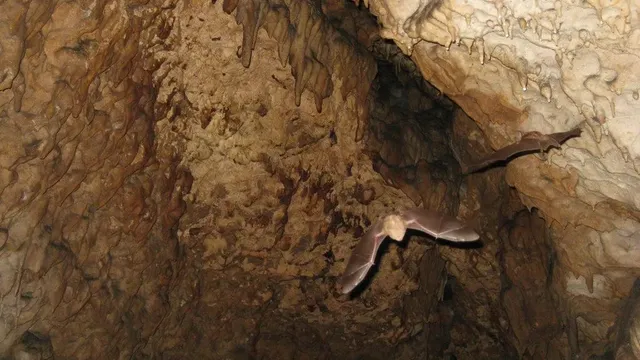There is not just one species of giraffe, but four, according to a new classification announced by the International Union for Conservation of Nature (IUCN), which should allow for better protection of this animal, classified as vulnerable.
Initially considered a deer, the giraffe was given its own genus at the end of the 18th century: Giraffa giraffa, recalls the IUCN's group of giraffe and okapi experts in its report.
The report clarifies the various classifications given to this animal, which is found exclusively in Africa, using elements of morphology, genetics, and the environment, AFP reports.
Historically considered a single species comprising nine subspecies, the giraffe actually consists of four species according to the IUCN group.
These are the northern giraffe (Giraffa camelopardis), the reticulated giraffe (G. reticulata), the Masai giraffe (G. tippelkirschi) and the southern giraffe (G. giraffa).
This distinction allows for "a more nuanced understanding of the threats and conservation opportunities for these different species in the different regions they inhabit in Africa."
Since 2016, the IUCN has classified the giraffe as "vulnerable" on its Red List of Threatened Species. In its previous assessment in 2010, it was only "near threatened."
On a continental scale, the number of giraffes declined by about 40% between 1985 and 2015, reaching about 98,000 individuals, according to the IUCN, which has, however, identified different regional dynamics.
While significant increases have been recorded in South Africa, serious declines have been reported in East and Central Africa, the IUCN highlighted in 2019.
The new classification retains seven of the nine original subspecies, divided into three species. | BGNES

 Breaking news
Breaking news
 Europe
Europe
 Bulgaria
Bulgaria







